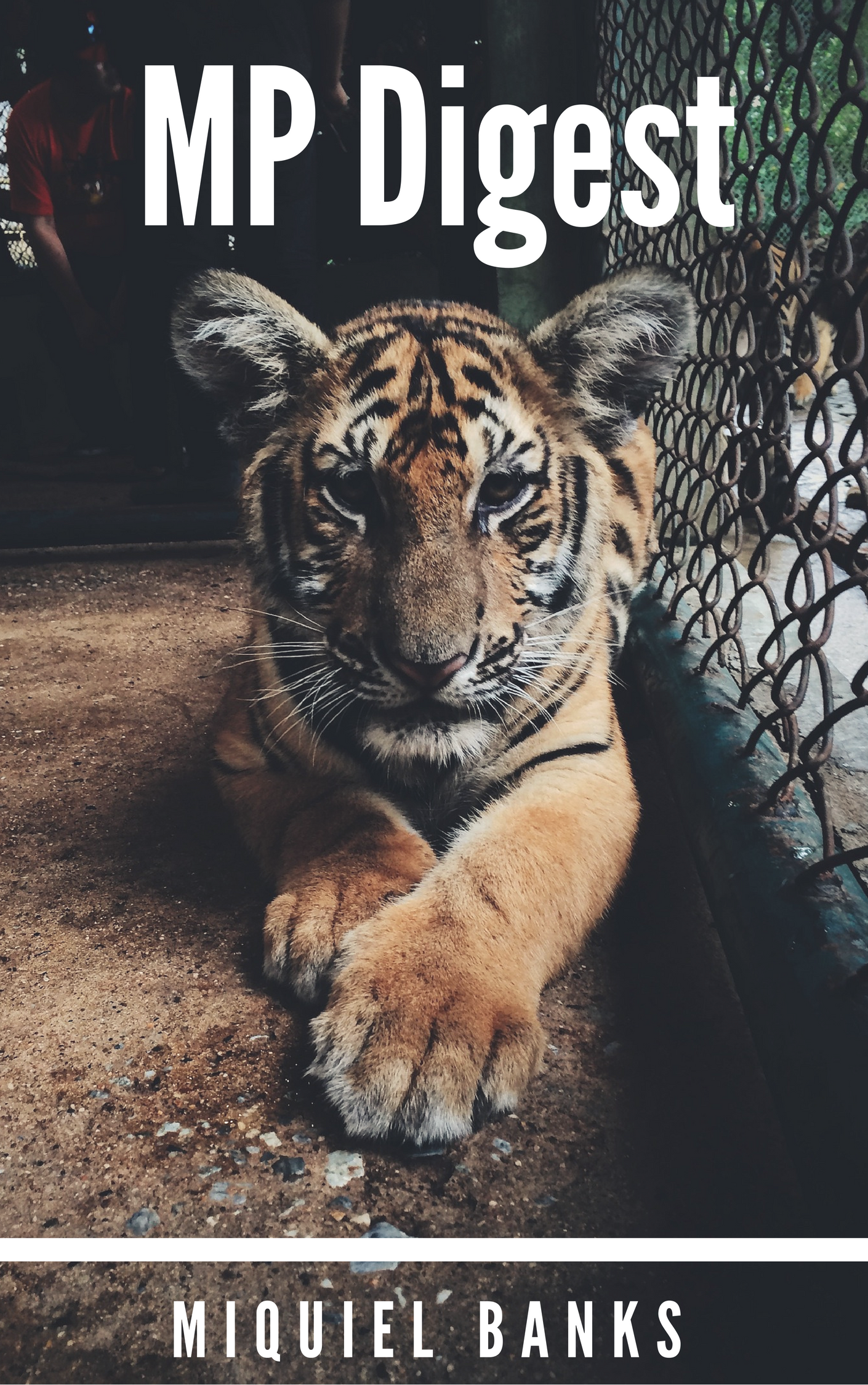
PREVIOUS EPISODE
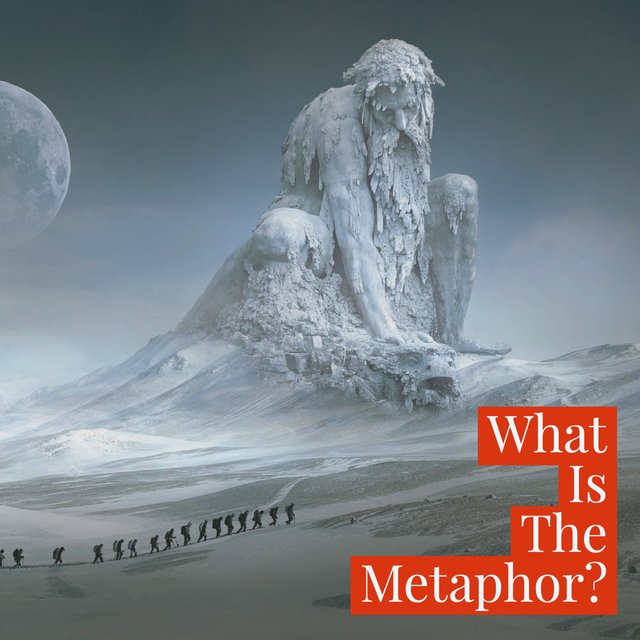
Introduction
We all remember what we were told as children in school.
Some pompous teacher pushed us into a corner, pointed a finger in our face, and forced us to listen.
Either something is a Metaphor or it’s a Simile.
Those were our choices and years later, I had no idea I would revisit those two definitions again.
How could I have imagined that the simple term, Metaphor, would unlock all the secrets of Story Design?
Despite my aggression to this discovery, the truth has a way of finding its way back to your doorstep.
I was torn in my long journey to understand symbols and their importance to Story Design.
What was the fascination?
I soon learned that Symbols were short bursts of energy that I could use to give my story resonance.
But I was given pieces and hints of this secret.
First, I studied the Chakras.
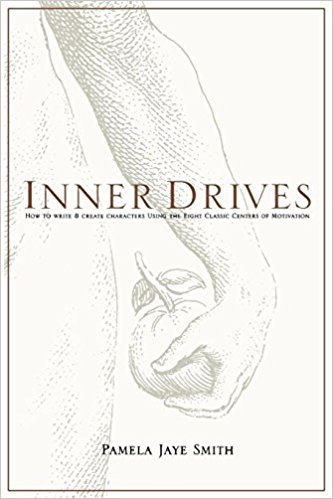
Then, I tried Archetypes.
Next came Psychology.
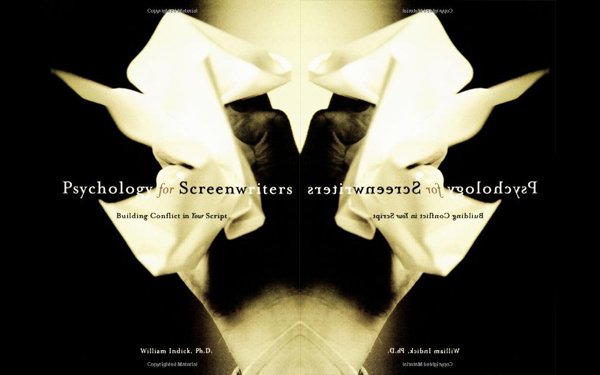
Next came Character Arcs.
Next came Symbols and Images and Codes.
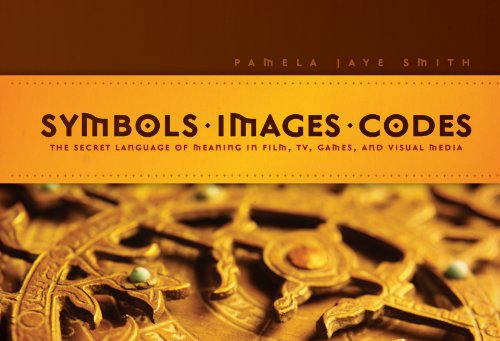
Trust me, Pamela Jaye Smith’s book was invaluable for unlocking the door and giving me a key, but I wanted to know more about the House.
How was it built?
I realized that Symbols and Images were part of a larger system.
And I was like WOW, that’s it!
And after research, I realized the larger system was The Metaphor.
Re-Learning about Metaphor
Is the Metaphor important?
It sounds like a simple concept.
The Metaphor.
A Metaphor is defined as “a figure of speech in which an implied comparison is made between two unlike things that actually have something in common.”
So I read the definition over and over.
And over and over.
I thought it for a couple of weeks and as it boiled in my subconscious, I continued my daily regiment.
Then one day I returned to it.
What REALLY is a Metaphor?
And then the truth hit me again, I know, how many times have I been struck this year?
A Metaphor is a Sequence.
It’s a Container of the other ideas and concepts.
It’s filled with symbols, sounds, images, motifs, setups and payoffs, etc.
The Metaphor contains all these because its power is not in its surface definition, but in its esoteric definition.
The Metaphor is a container, but its function is Unified Consciousness.
Think about it, a Metaphor “expresses the unfamiliar in terms of the familiar,” and this is a Hermetic Concept.
As above, so below.
And I realized, the Metaphor contains all the other elements, but then it synthesizes them all into ONE.
And with the Metaphor defined, it’s easy to go through your Story Design and ensure all the other elements “line up.”
Make sense?
The Limitations of Constraining Elements
Symbols are very powerful, high on the list of Power Tools.
They are condensed pockets of energy, thrust onto the audience of any given artistic endeavor.
The problem with symbols is they are not governed by universal laws, only communal laws.
Let me explain.
Normally, many artists contort their stories to follow a Premise, a Theme, or a Moral Premise.
By tailoring the Story to work in these constraints, the artist restrains many elements that may help “breathe” life back into the story itself.
I am suggesting that you still use these devices, but you augment their power to “wrap around” all parts of your Story Design.
Instead of limiting the Moral Premise to the Plot, how does it affect the Characters, the Story World, the Locations, the Weather, and other phenomena?
By exploding the Moral Premise out into The Metaphor, you can now explore deeper richness in your story and also, you learn to balance differences.
By using a Moral Premise, you lock yourself into one frame, but by exploding the Moral Premise into The Metaphor, you unlock and embrace the differences in your Story Design.
The same way a Sequence composes and builds a string of Scenes, so does The Metaphor compose and build a string of elements (Premise, Theme, Ideas, Concepts, What ifs, etc.)?
Make sense?
What is the Metaphor (Overview)
Unlike other constraining elements, I am suggesting that you start looking for The Metaphor near the end of your Story Design.
I suggest this because writing is about dynamic, spontaneous, and free-flowing power, akin to CHAOS theory.
If you look for the Metaphor too early in your Story Design, you will literally “choke” some elements and devices from “breathing” and limit your Story’s possibilities.
Dissecting the Metaphor
There are so many devices that are efficient in dissecting the Metaphor.
The best one?
The one that works best for you.
For me, an efficient power tool is the Metaphor Beat Sheet (BS).
It’s short, one page, and its power lies in simplicity, not in confusion.
The concept is simple: Go through your Story and extract all the elements.
Understanding the Metaphor
After extraction, browse and ponder each element and ask yourself simple questions.
Which elements are working?
Which elements are not working?
What are the elements saying?
What unified message is in the elements?
Can I expand this message into a bigger and more unified one?
If the Metaphor were a symphony, what would be its central message?
How do I get the other elements to join in this symphony?
Conclusion
So there you have it.
One of your story's most powerful weapon, the Metaphor.
Read it.
Wield it.
Use it.
And relish in the soothing melodies of your Story’s Symphonic power, resonating inside the souls of those who experience and embrace your Story.
Have fun writing!
I also believe in the power of metaphors. Thanks for sharing @miquielbanks
Downvoting a post can decrease pending rewards and make it less visible. Common reasons:
Submit
Yes @nuridin they are very powerful, I'm working on a long series about Metaphors, not sure if I will go to the video format or a book, but I'll let you know. Thanks again!
Downvoting a post can decrease pending rewards and make it less visible. Common reasons:
Submit